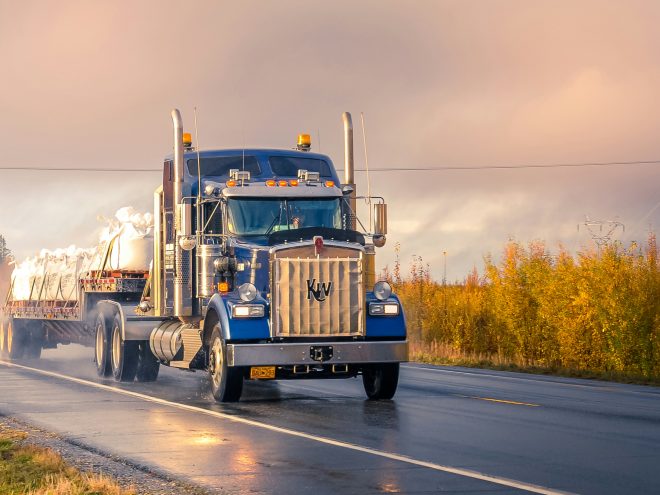
Seat Belt Injury Statistics
One of the best safety devices in vehicles is seat belts. They are specifically designed to protect occupants in case of a collision. However, there are still instances where seat belt usage is not prioritized, leading to preventable injuries and fatalities. In this blog post, we will examine seat belt injury statistics to emphasize the importance of wearing seat belts for occupant protection.
Wearing a seat belt is the most simple and cost-effective way to reduce injuries and fatalities in car accidents. According to research conducted by NHTSA, using seat belts can reduce the probability of severe injuries and deaths resulting from vehicle accidents by about 50%. Since 1975, seat belts have saved over 300,000 lives in the United States.
As of 2019, seat belt use across the United States had reached 90.7%. This rate varies by state, with 15 states and territories having usage rates above 95%, while another five are at 85% or lower. Higher seat belt use is a reason for more rigorous laws and enforcement of seat belt violations in certain states.
In 2019 alone, seat belts could have saved over 2,500 more lives if 100% of occupants wore them. Unbelted fatalities account for nearly half (45%) of all passenger vehicle occupant deaths annually. Men, teens, and people in rural areas are less likely to wear seat belts regularly.
Up to 50% of car seat belt users must wear seat belts properly. Incorrect seat belt use, such as improper positioning of the shoulder and lap belts, significantly reduces injury protection in crashes. Seat belts should sit against the hip and shoulder bones to restrain the body effectively.
While seat belts reduce fatalities, the experienced Denver car accident lawyers at Manning Law know that they can cause certain injuries in high-force collisions if worn improperly. Common seat belt injuries include bruising, abdominal trauma, spinal fractures, and clavicle injuries. Properly positioning seat belts can help reduce the risk of these types of injuries in the event of a car crash.
All children under 13 should be secure in the rear seats of vehicles with appropriate child safety restraints or seat belts. Kids should use booster seats for maximum protection until seat belts fit correctly, usually when they reach 4′ 9″ in height.
Despite the precise data on their effectiveness, common myths persist about seat belts. Seat belts do not trap people in underwater vehicles or fires. They improve the chances of conscious escape. Seat belts also do not cause more injuries than they prevent.
Most seat belt laws in the United States are “primary” laws, allowing law enforcement to ticket drivers or passengers solely for failure to wear a seat belt. Penalties for seat belt violations vary by state. It’s worth noting that there is a unique law in New Hampshire where adults are not required to wear seat belts while operating a vehicle.
The NHTSA and automakers continue researching future seat belt innovations to improve safety. This research includes incorporating new materials to reduce pressure on the body in crashes and integrating sensors to detect improper seat belt usage.
In summary, seat belt use continues to climb, saving lives and reducing devastating injuries. Proper seat belt education and usage remain essential for maximizing protection. With future innovations, seat belts will become an even more critical component of occupant safety.









